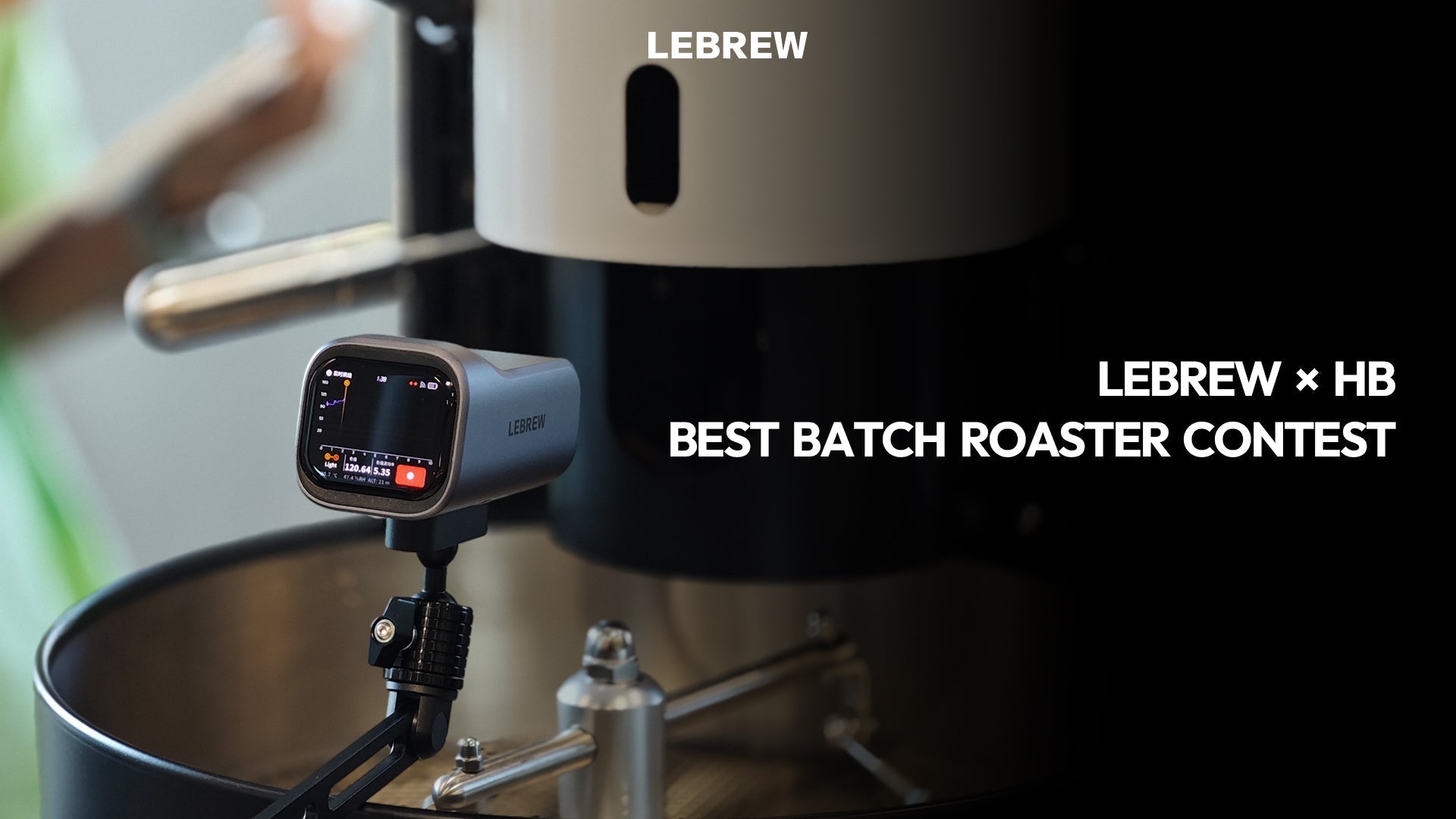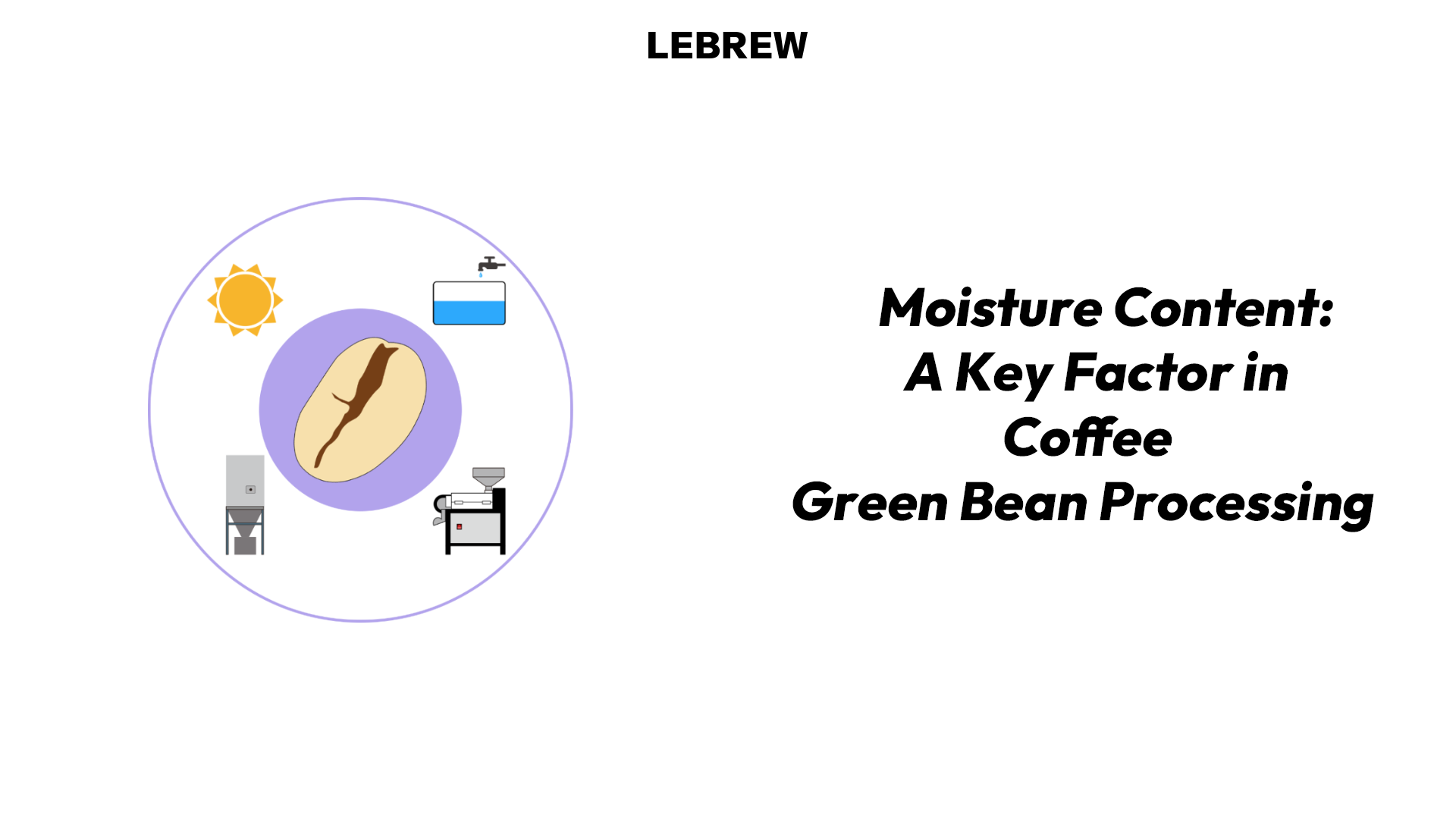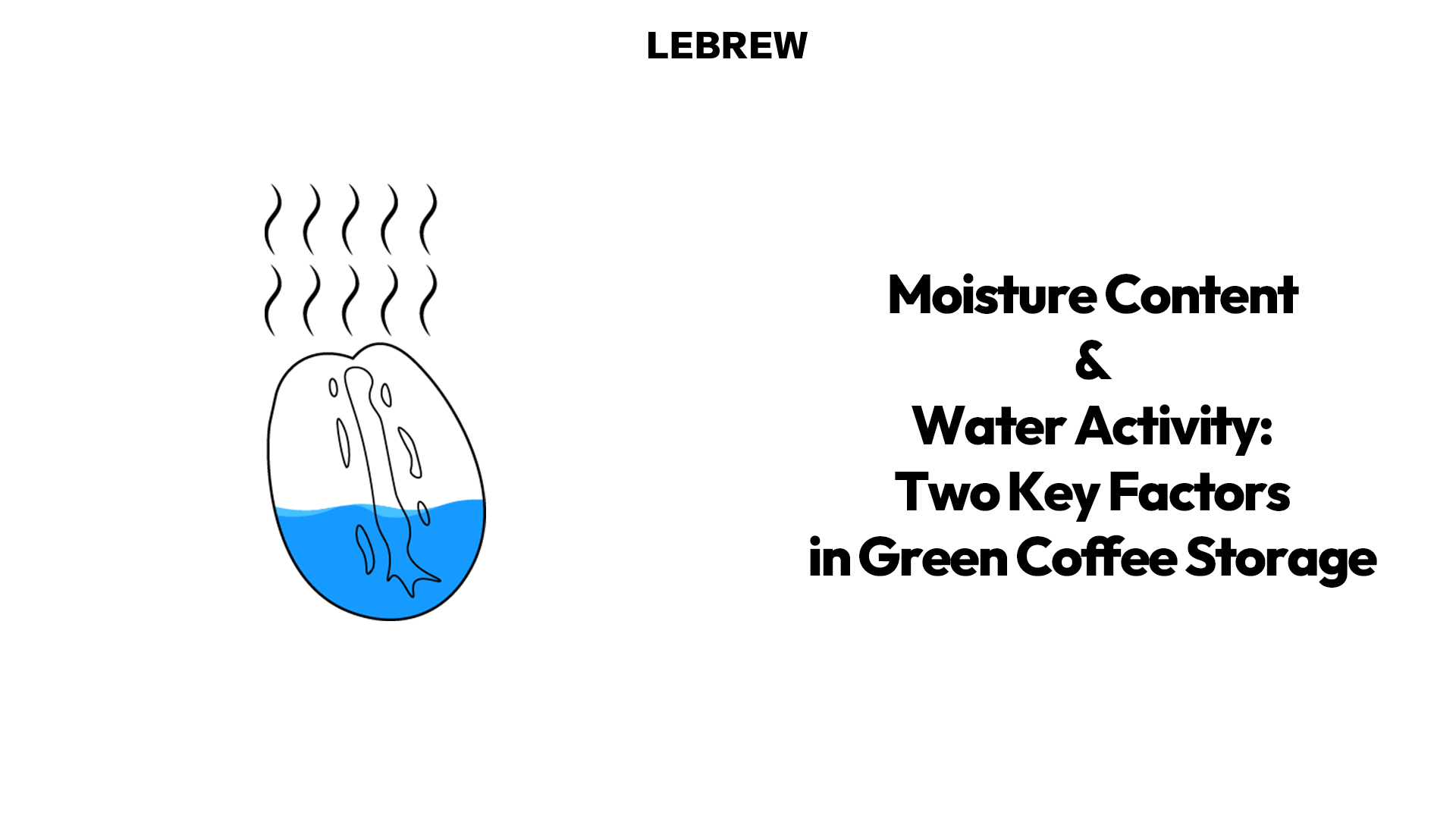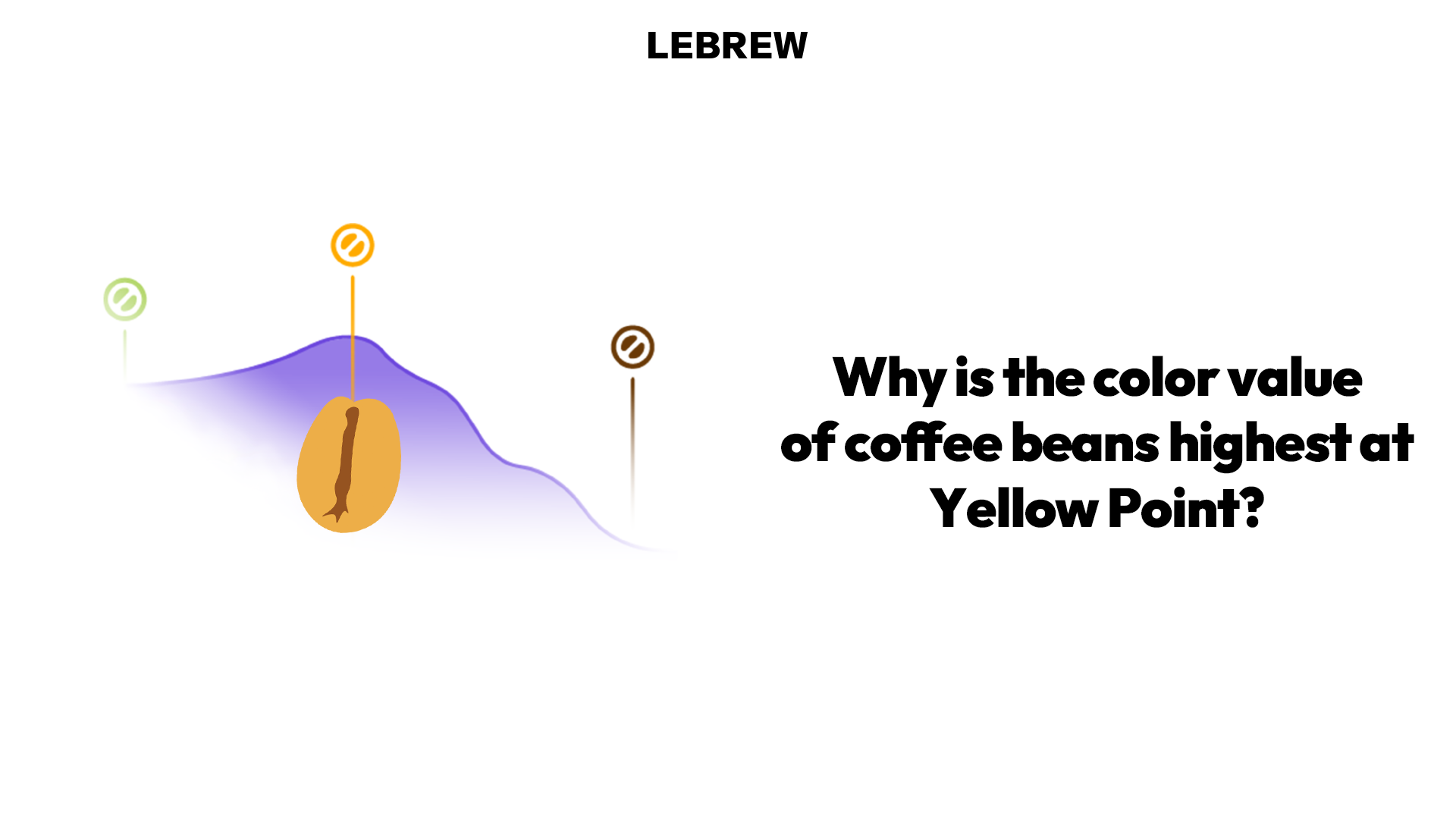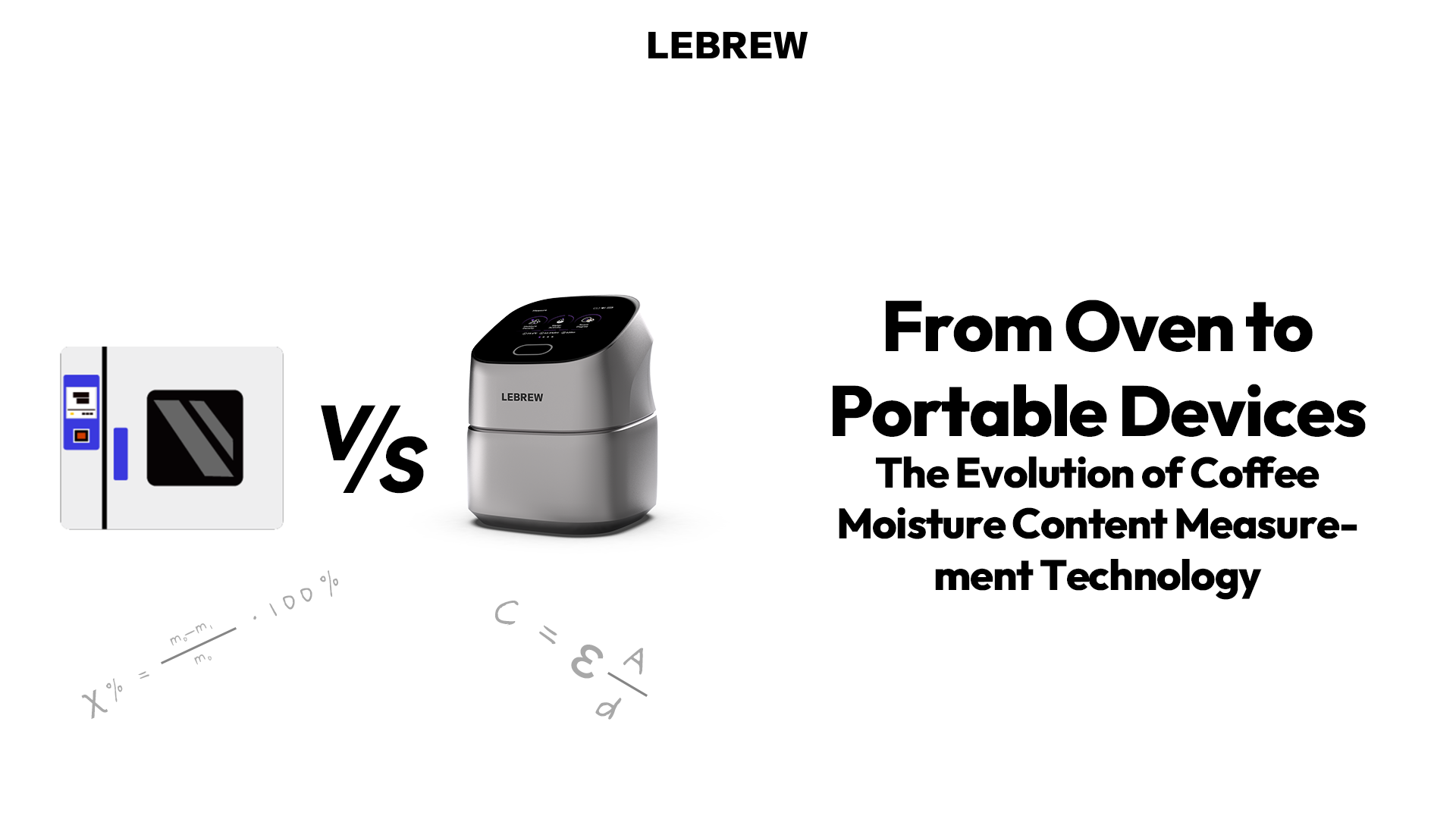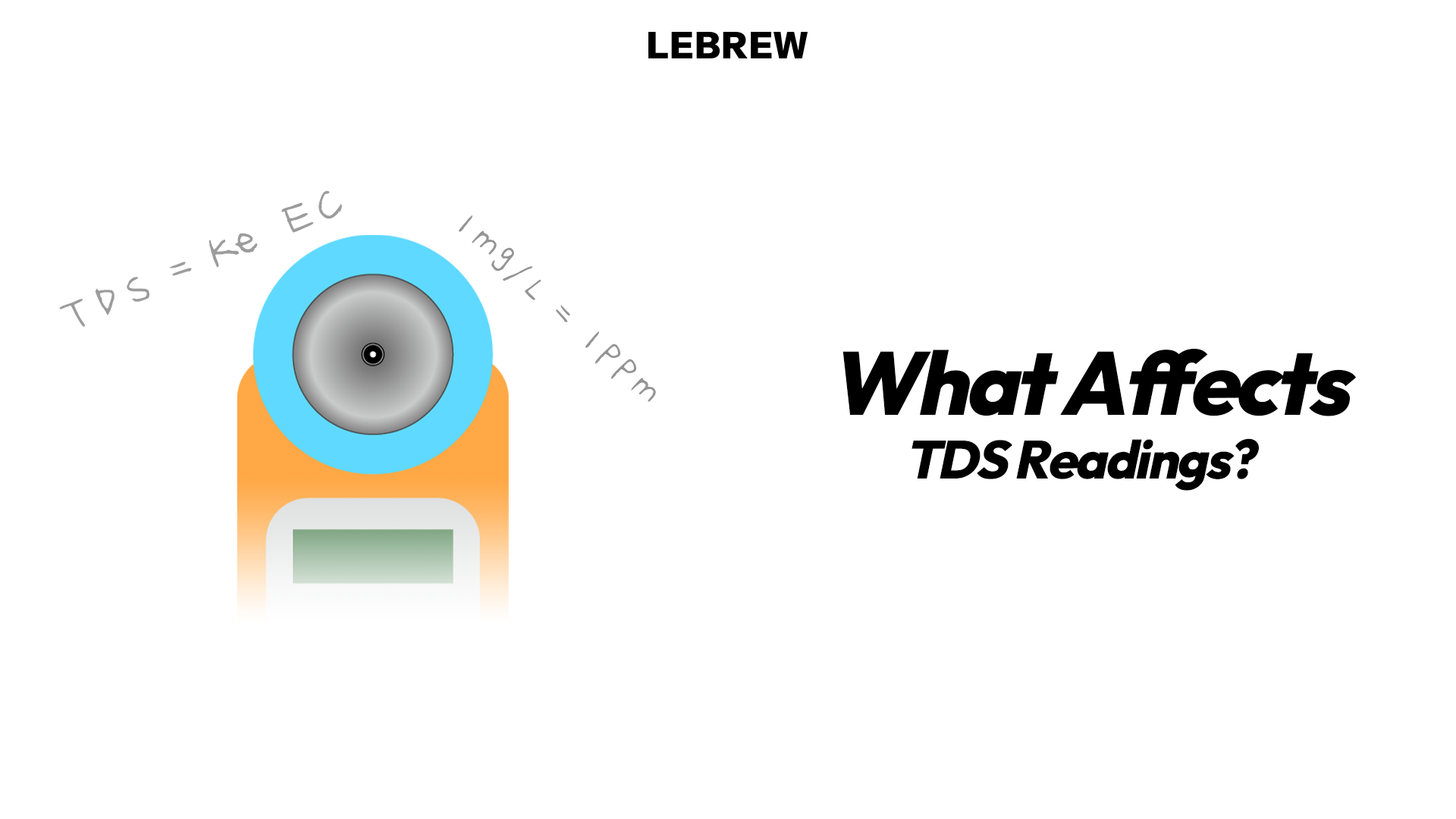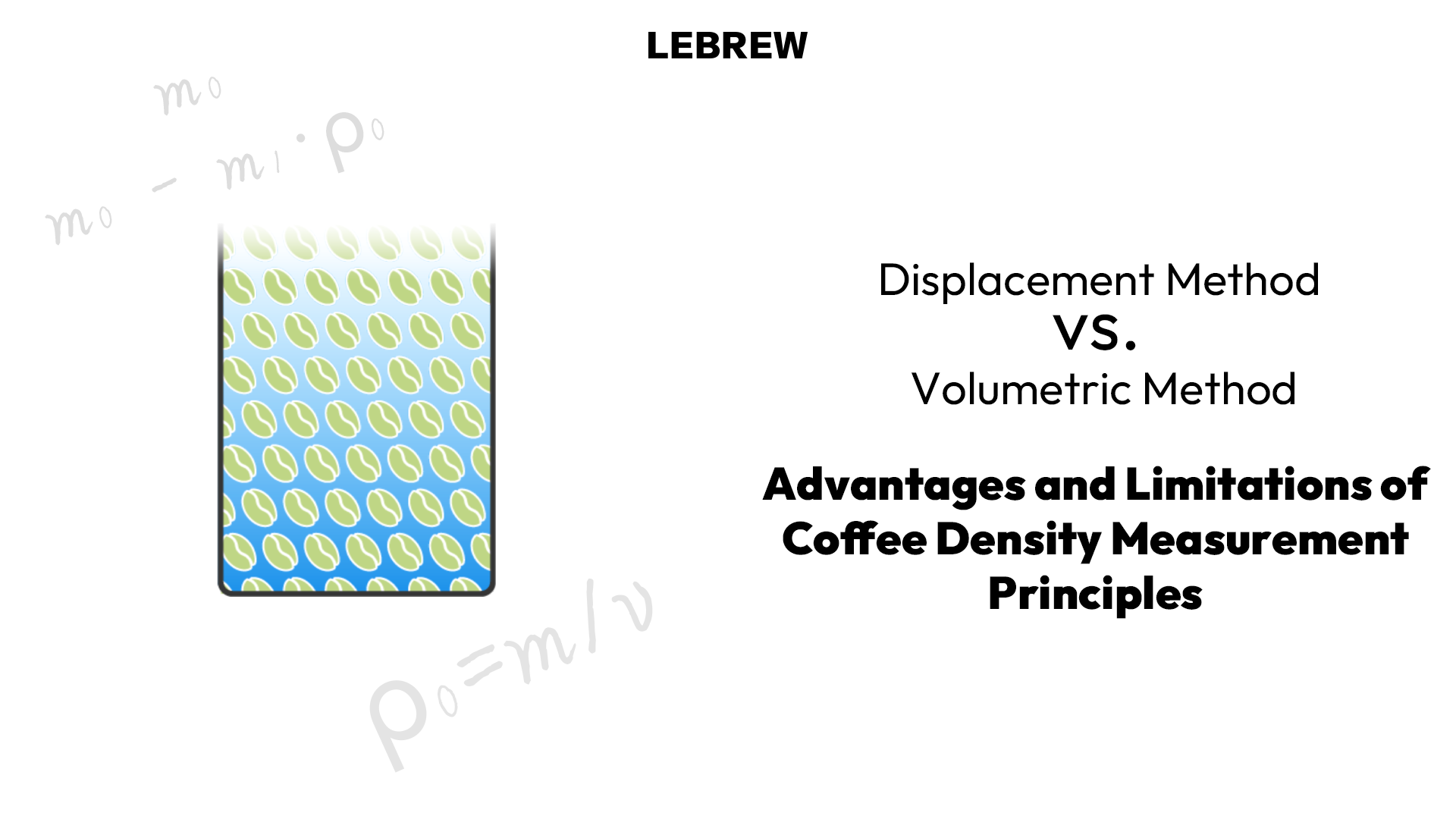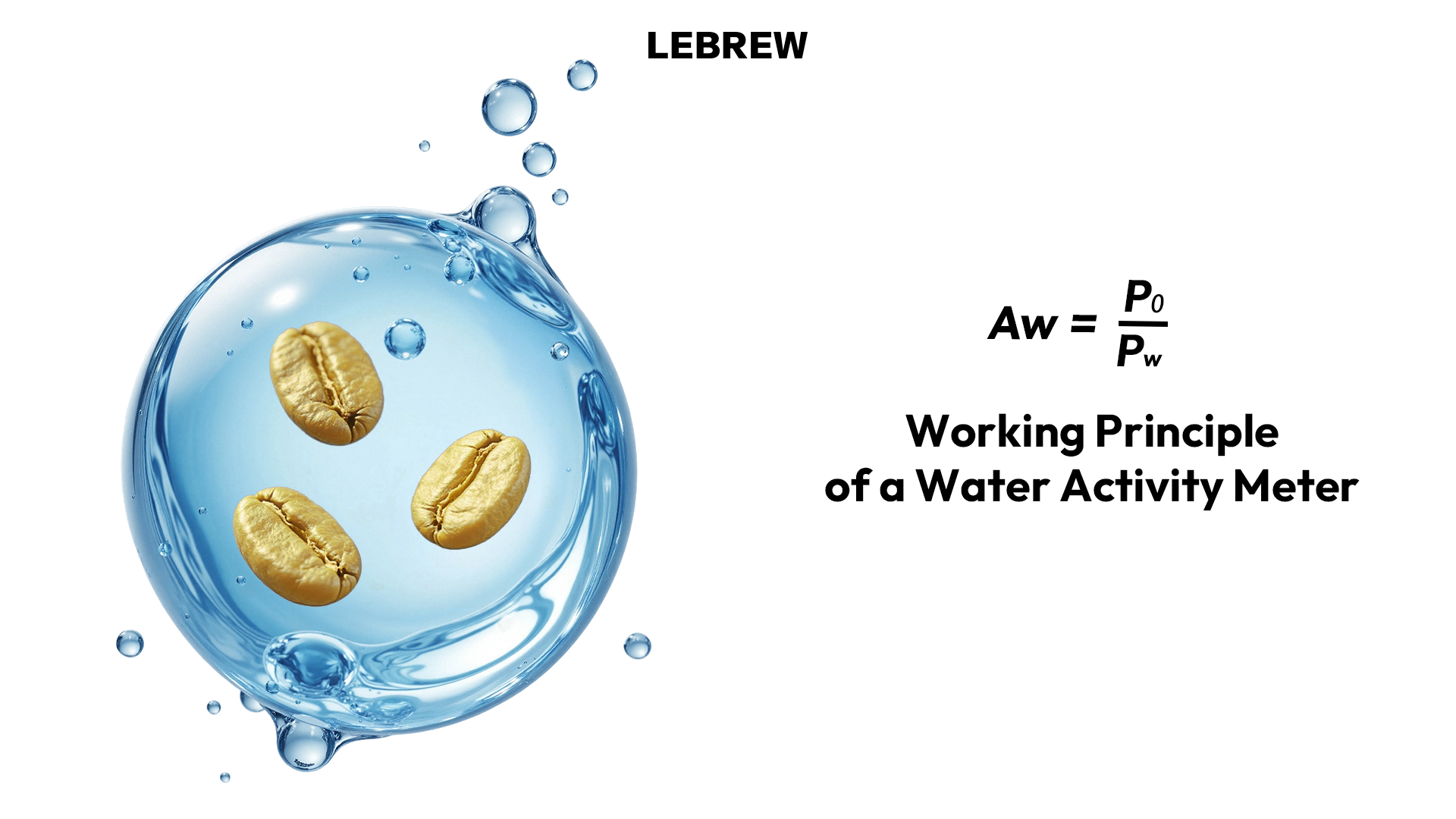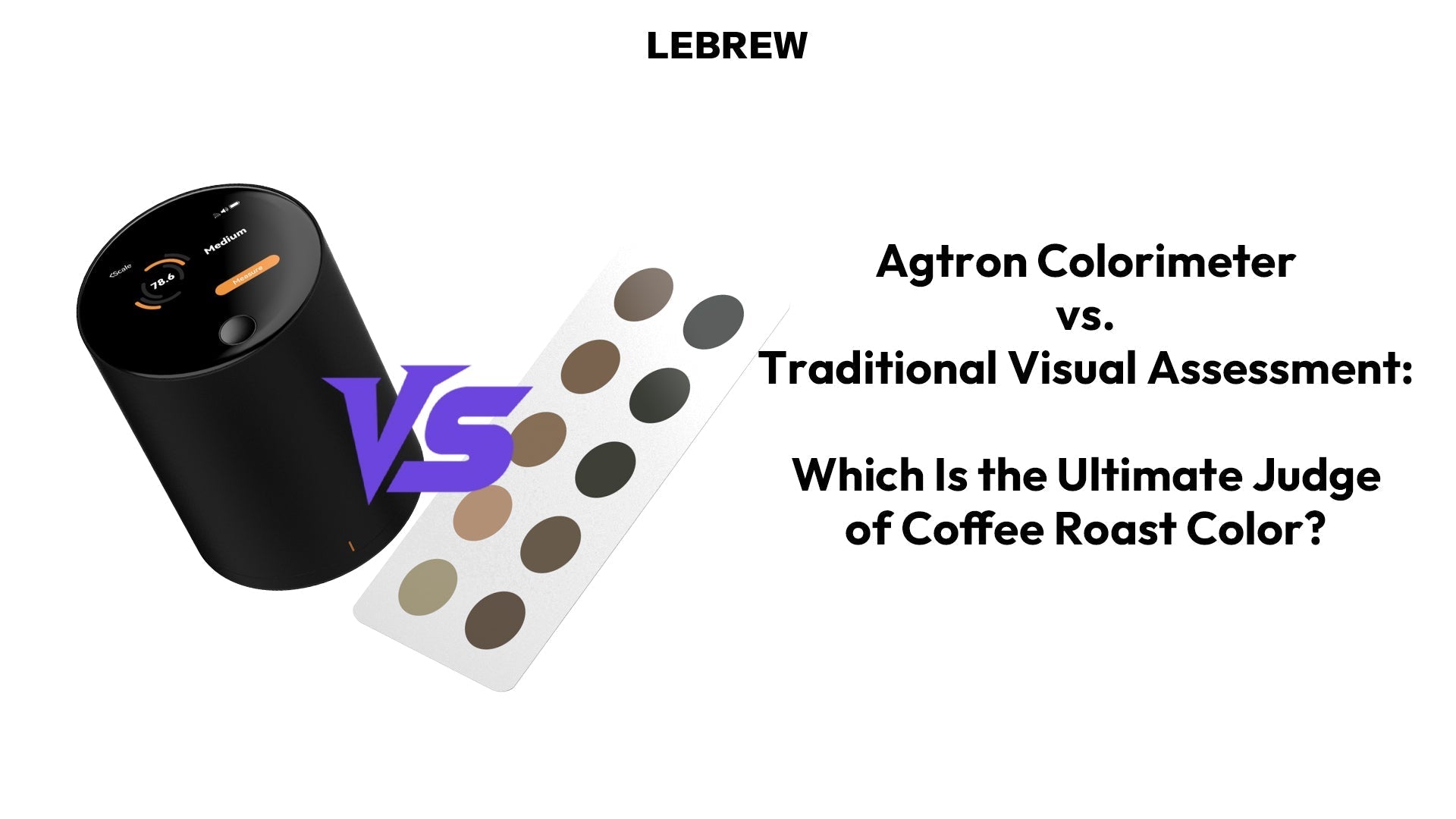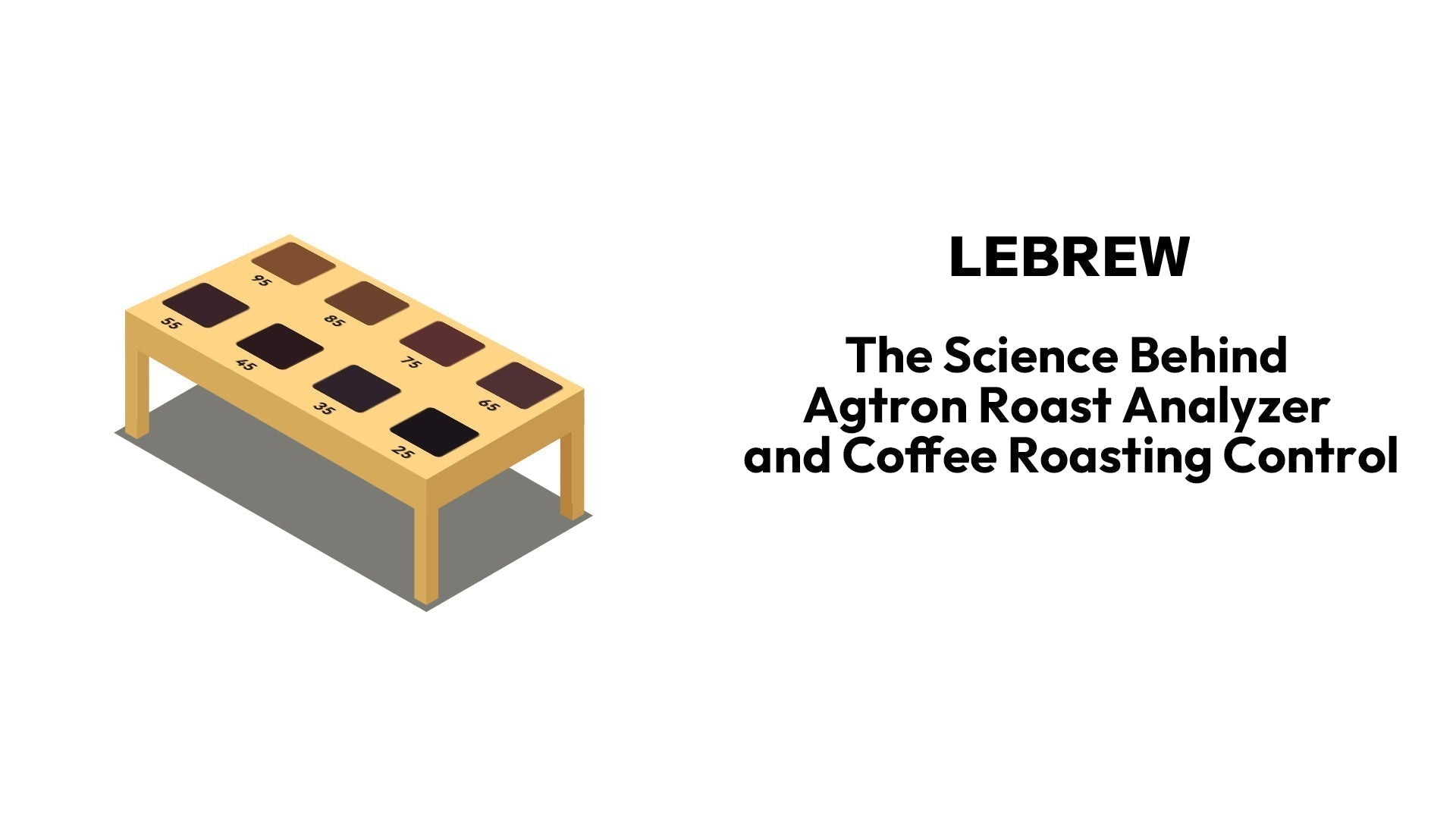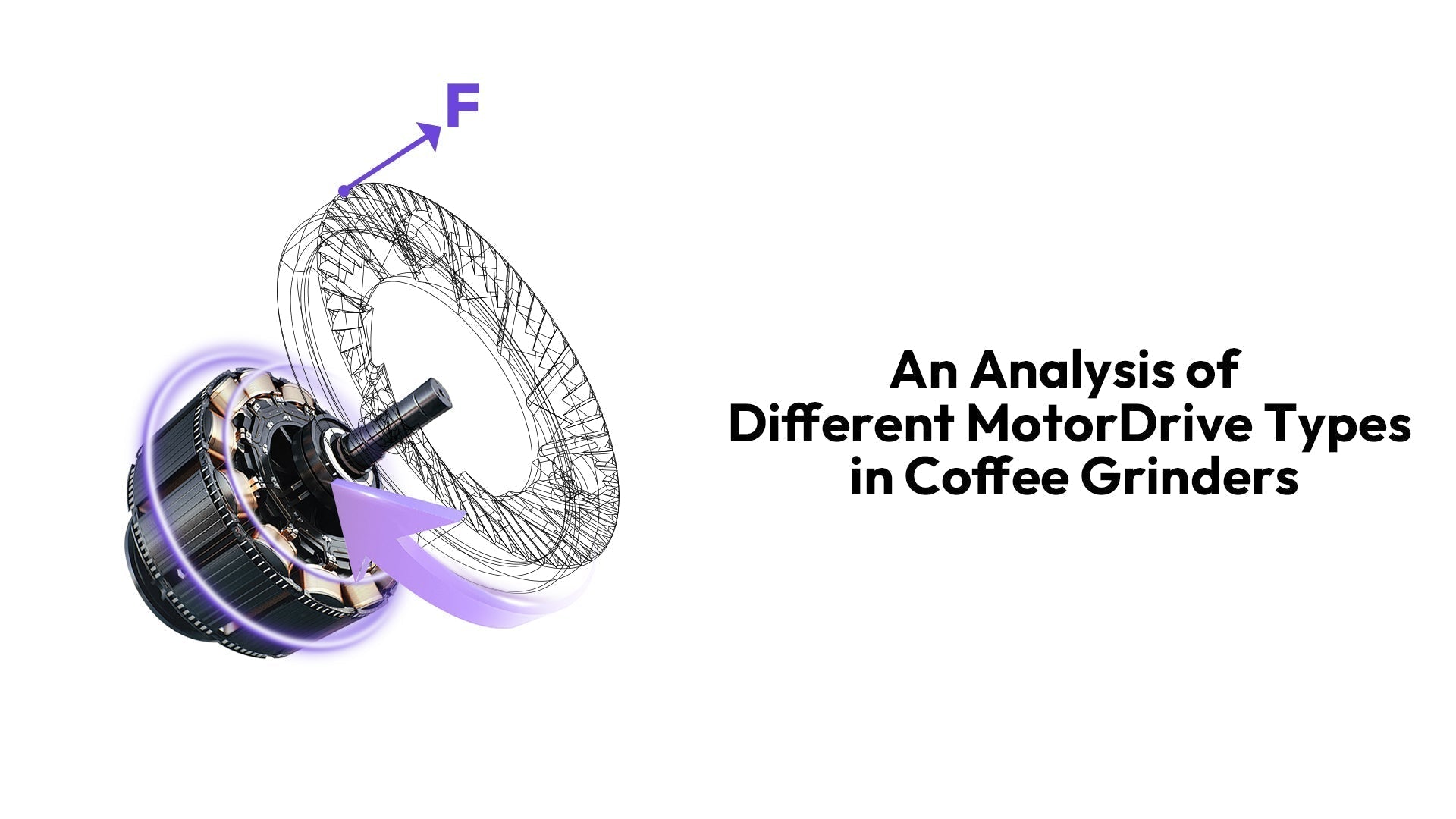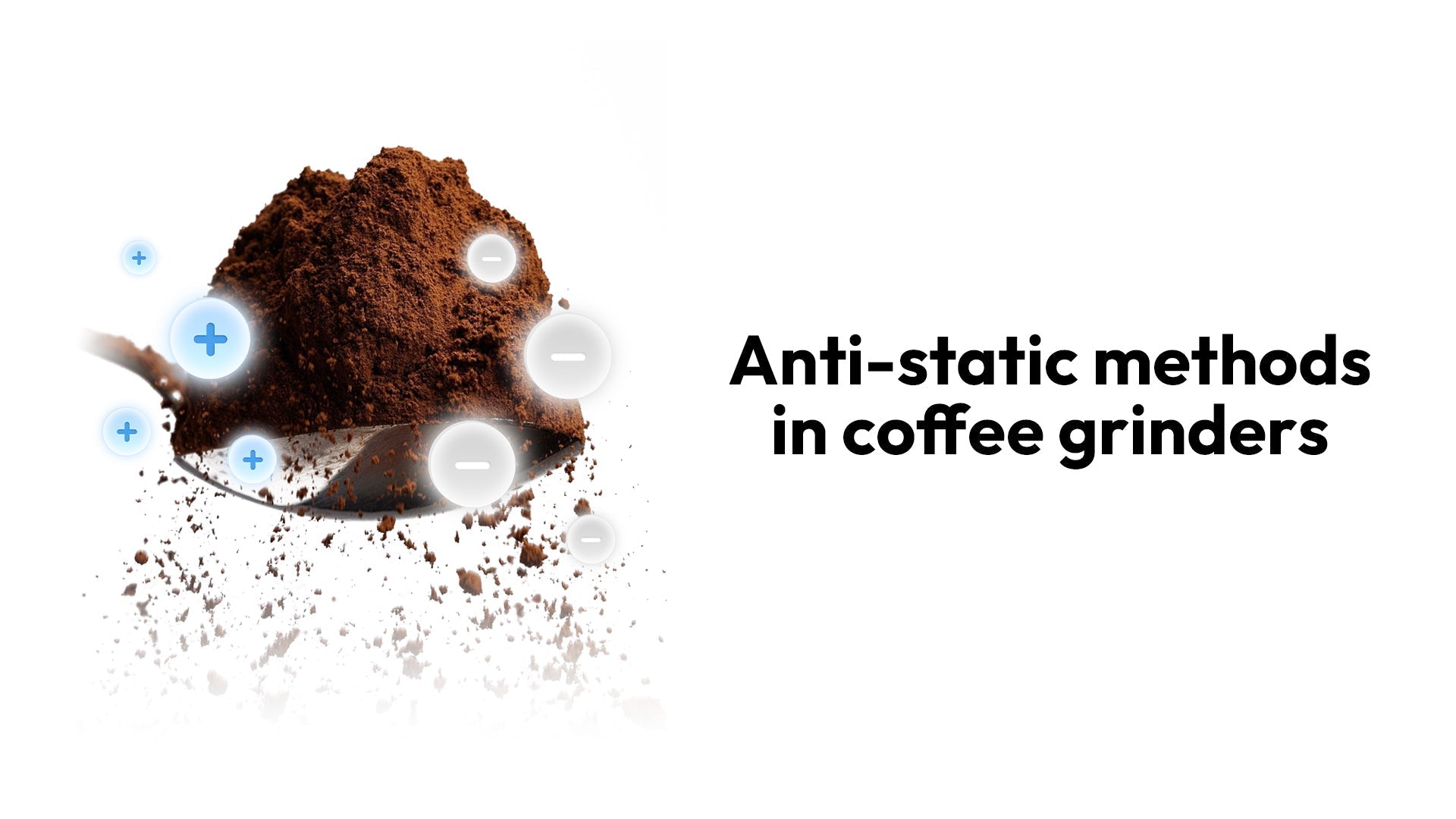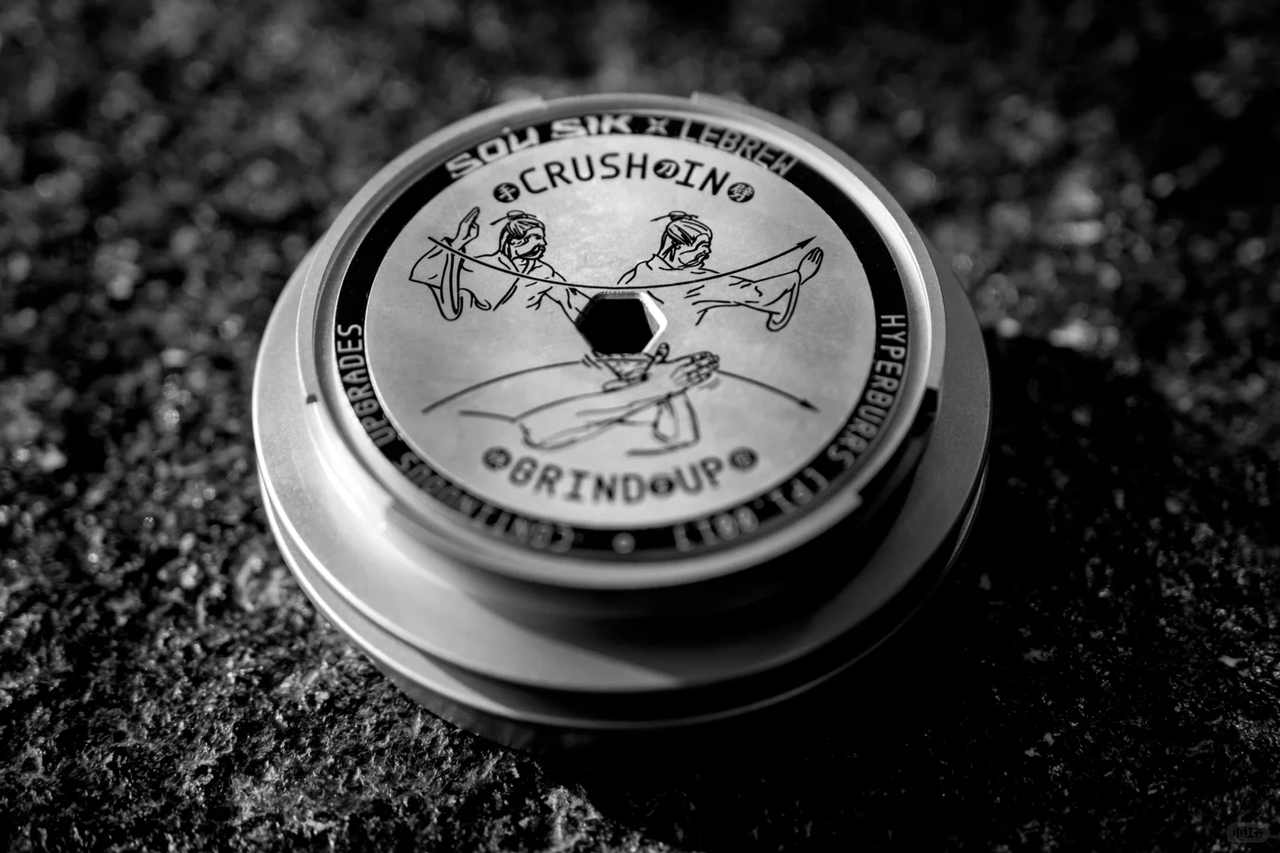The Relationship Between Coffee Flavor Perception and Temperature
When we taste coffee, the first sensation is often not the flavor, but the temperature—the warmth on the tongue, the heat radiating from the cup, and the aroma slowly rising from the coffee’s surface. Many coffee enthusiasts even say, “The best drinking temperature for this cup is between XX and XX degrees Celsius.” But why does coffee taste so different...



